Clear can access carbon offset projects from hundreds of high quality sustainable projects based in most regions of the world. To give you some idea of what is possible, we have listed below some of the projects that we have invested in for our clients over recent years. All meet the high standards mandated by the Quality Assurance Standard – the most stringent audit system for carbon offset projects worldwide (updated 2025).

16 BRAZIL - ICVCM LANDFILL GAS CAPTURE IN RIO
Clear has always placed the highest importance on integrity since we started in 2005. This project near Rio de Janeiro uses the Integrity Council’s CCP-approved ACM0001 landfill gas flaring methodology to drain 450 thousand cubic meters of greenhouse gases every day and prevent it from entering the atmosphere causing global warming. It has also led to the closure and environmental recovery of other landfill sites in the area. Its methodology meets the 10 Core Carbon Principles set down by the ICVCM including governance, additionality, permanence, sustainable development benefits and safeguards. You can find out more about the project here .

15 BRAZIL – AMAZON FOREST REDD+
The Amazon is the largest rainforest in the world and one of our most biodiverse ecosystems. Over the past fifty years huge tracts have been sacrificed by logging companies leaving our entire planet struggling to produce oxygen and absorb CO2. This REDD+ project diverts funding to the local Amazon economy and prevents further deforestation in huge area of almost 178,000 hectares.
This project is approved to CCB Standards 2nd edition and Climate Adaptation & Biodiversity Gold Level, which guarantees exceptional social and environmental co-benefits beyond its ability to create carbon reductions compared to business as usual (BAU) models.
You can find more official details about this VCS REDD project here.

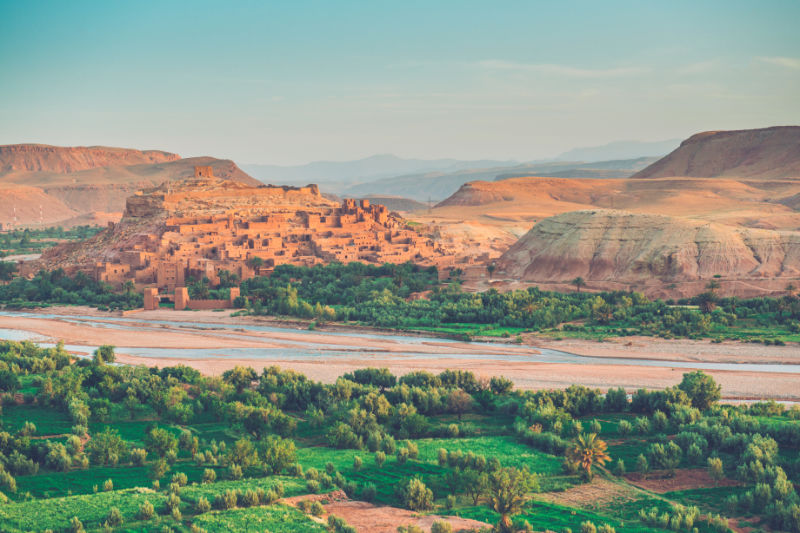
14 Egypt - Nitrous oxide capture in Alexandria
Established in 1975, Abu Qir is located on the Egyptian coast near Alexandria and is one of the largest suppliers of agricultural fertilisers on the Africa continent. Fertiliser is essential for African agriculture but its manufacture releases nitrous oxide, which is an extremely potent greenhouse gas.
Abu Qir has installed specific equipment to capture this gas and prevent its release to avoid it contributing to global warming. Capturing nitrous oxide in this way is considered to be one of the most additional of all greenhouse gas reduction methodologies and would not be economically viable without carbon offset financing. By 2019 over 17 million tCO2e were avoided in this way, making it an important climate change mitigation project for Africa and globally.
The company has also been awarded ISO 50001 for its efforts to reduce and manage overall energy consumption.
You can find out more official details about this CER project on the UN site here.
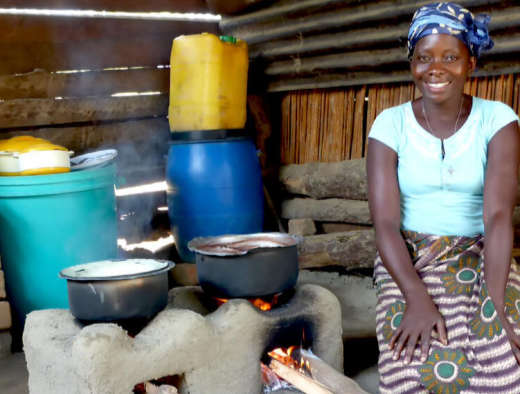
13 MALAWI – IMPROVED COOK STOVE PROJECT
Our third African project has helped two hundred thousand Malawians in Nkhata Bay replace traditional cooking fires with fuel efficient cookstoves, reducing deforestation, improving air quality inside houses for kids and their parents, as well as of course decreasing emissions and particulates which cause paediatric illness.
Funds invested in this project go beyond offsetting – they are also channeled into forest and fish conservation, additional tree planting and education and healthcare services all over Africa.
You can find more official details about this CER project on the CDM site and more information about the many benefits of cookstove projects here.

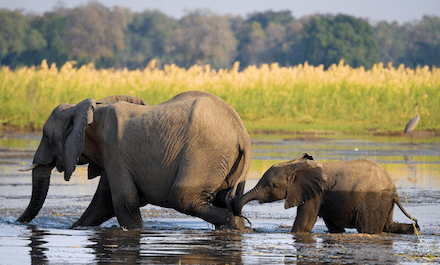
12 ZAMBIA – LOWER ZAMBEZI FOREST REDD+
Zambia is one of the most forested countries in Africa but 300,00 hectares are being lost every year. Our first REDD+ project prevents deforestation in the Lower Zambezi National Park by creating financial incentives for the local communities to produce charcoal and honey sustainably. The park is home to one of Africa’s largest population of African elephants, as well as leopards, antelopes and lions.
The project was awarded CCB status for its additional benefits for biodiversity and alleviating poverty, which was otherwise running at 88%. You can find out more about the project here.
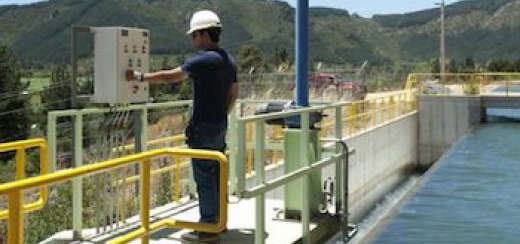
11 CHILE – RUN OF RIVER SMALL HYDROELECTRIC
This 5.5MW hydroelectric plant supplies electricity to 4000 people in the Maule region of Chile and displaces 17 thousand tonnes of CO2 equivalent every year. The plant works closely with local communities to deliver training programs, technology transfer and tours for local school children.
You can find more details about this CER project on the Clean Development Mechanism site here.

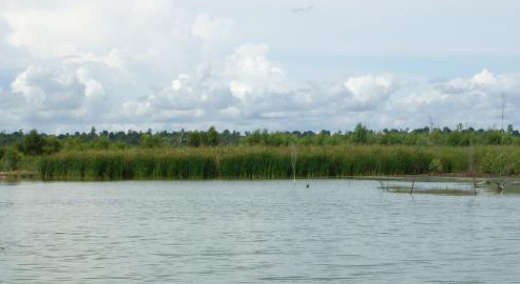
10 THAILAND – GOLD STANDARD WASTEWATER TREATMENT PROJECT
Our 2nd Thai project captures methane from a starch plant situated north of Bangkok. Local air quality for several villages was poor as wastewater broke down in lagoons. Not only has this improved dramatically but the local community now benefits from clean energy and social benefits which are recognised by the Gold Standard Foundation.
You can find out more about this CER project on the CDM site.

9 INDIA – GOLD STANDARD RENEWABLE CLEAN ENERGY
This Gold Standard wind power project is important in a country whose growing economy still uses coal for the majority of its energy production. This project has connected 26 windmills to the grid and in doing so has reduced 48 thousand tonnes of CO2e that would otherwise have been produced. Co-benefits include employment generation, improving air quality for SOx and NOx, and helping with India’s overall energy shortage.
You can find out more about energy security and this Gold Standard CER project here.


8 THAILAND – TAPIOCA METHANE CAPTURE & SUSTAINABLE ENERGY
The first of our Thai carbon offset projects is Gold Standard and tackles a major environmental problem for the Thai economy – how to reduce the emissions from the production of Tapioca starch. Previously the process released methane gas which is 21 times more potent at warming the planet than CO2 and substantially decreases the air quality around the plant which is in Kamphaengphet Province north of Bangkok. Now the methane is captured and used to provide sustainable energy, water and fertiliser for farmers and new jobs for the local population.
You can find calculations and other important quality measures in the Project Design Document on the CDM page.
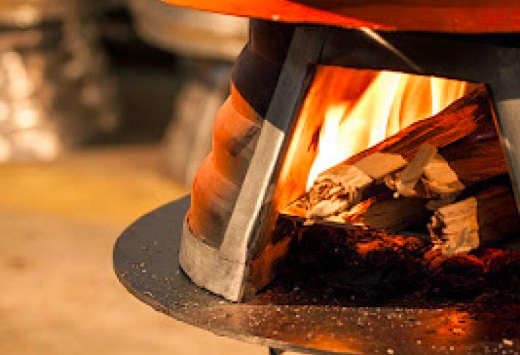
7 KENYA – EFFICIENT COOKSTOVE CARBON OFFSET PROJECTS
Our second African project has replaced open fire cooking with efficient cook stoves in three districts within Kenya (UNFCCC5336). The stoves have allowed a 67% reduction in the burning of non-renewable biomass plus many other co-benefits, including reduced deforestation, reduced poverty due to lower expenditure on cooking fuels, improved air quality indoors, reduced burns and injuries from exposure to open fire and reduced exposure of firewood collectors (mainly women) to hazards in remote areas.
You can find more information on the CDM website here.


6 TANZANIA – LANDFILL GAS CAPTURE ENERGY PROJECT
Our Tanzania landfill gas recovery project (UNFCCC 908) was put in place to help the residents around a waste landfill site in Dar Es Salaam in Tanzania. Locals had originally made a request to the City Council to reclaim land lost due to serious erosion in 1977 using solid waste materials.
The council agreed to operate a solid waste landfill site and started planning for its closure in 2004 by looking into leachate management and landfill gas capture. It was approved as a CDM project in 2007 and gas flaring began in 2008.
The project provided jobs, health benefits, skills transfer and electricity for local residents and improved local safety and an improved environment through covering the dumpsite area with clay soil and planting of grass and trees. It also raised much needed revenues for the council providing other services for the community. By 2012 it had already achieved 37,000 tonnes of CO2e emissions reductions. You can find all the calculations and quality measures in the Project Design Document on the CDM page.
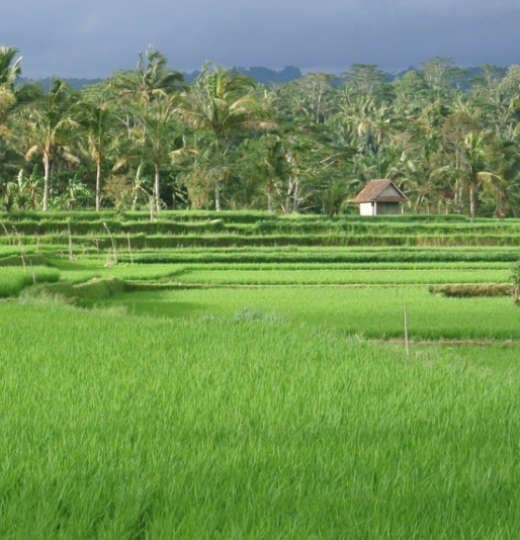
5 INDIA – RICE HUSK COGENERATION CLEAN ENERGY PROJECT
The Siddeshwari project (UNFCCC 235) is a small scale biomass cogeneration initiative in a paper mill in the Uttar Pradesh region of northern India. It uses local rice husks (which would have been dumped to rot, producing methane) to instead produce electricity and steam to power the mill. This replaces three old diesel generators and a coal-fired boiler and has saved 17,814 tonnes of CO2 emissions every year since it started in 2003.
Without carbon funding through the United Nations, such carbon offset projects would not be possible. Upfront capital costs and rising biomass prices due to a weak distribution infrastructure made it financially unviable. However in a region where 81% of power is generated from coal and electricity capacity is forecast to lag behind demand by almost 15% by 2014, the benefits are clear. You can find all the calculations and assumptions behind additionality and other important quality measures in the Project Design Document on the CDM page.

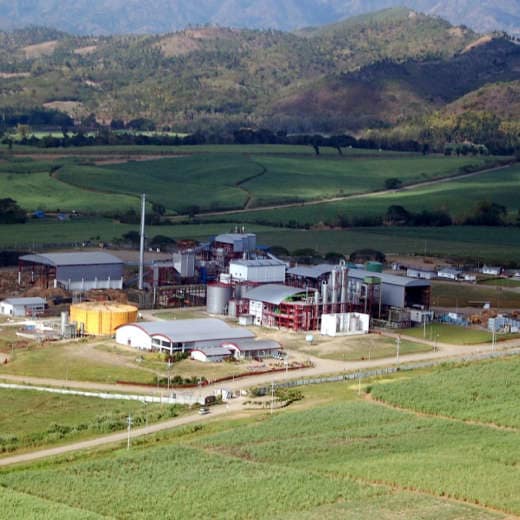
4 ECUADOR – BAGASSE COGENERATION PROJECT (SCBCP)
The San Carlos Bagasse Cogeneration project allows efficient combustion of bagasse (renewable residue from sugarcane processing) in an Ecuadorian sugar mill near the central coast. Since the project started, the mill has been able to sell electricity to the national grid, displacing fossil-fuelled energy with its greater CO2 emissions.
Finally, San Carlos considers its employees to be its most valuable and most important resource. The company has funded the San Carlos Hospital to assist the workers and family for free; it is considered the best hospital in the region. The company also provides housing and education through its Collective Contract which supports earnings, working terms, uniforms, tools, and other social contractual benefits.
San Carlos has also been developing a reforestation program, planting Teca, Caoba, Amarillo, Cedro, Laurel, Guayacán and Fremín Sánchez. More information on San Carlos Bagasse Cogeneration Project can be found here.
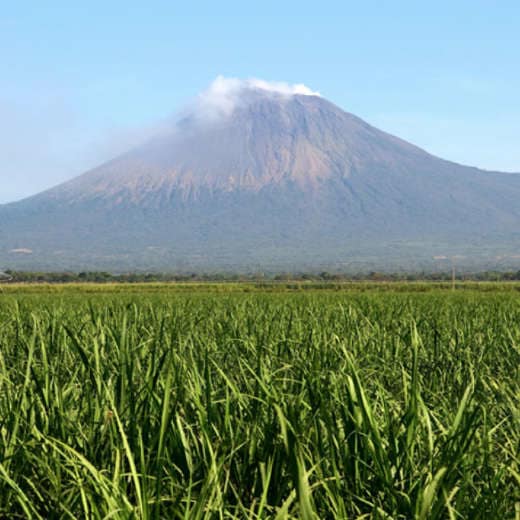
3 NICARAGUA – GEOTHERMAL PROJECT
The San Jacinto-Tizate Geothermal Project is a clean, renewable energy geothermal plant in central Nicaragua. Nicaragua is a country endowed with large geothermal potential due to the presence of volcanoes of the Marribios range on the Pacific coast, but this has not been pursued because of financial barriers which this project has overcome. Energy demand in Nicaragua has been growing at an annual average rate of over 5 % but there is still a reliance on energy from highly polluting fossil fuels.
This project contributes to sustainable development by bringing economic and development benefits to an economically depressed area, through improved and cheaper electricity supply with less price volatility and increased foreign investment. The local population benefits through skills transfer in and employment opportunities. The project is not visible from the local village and no land use displacement has occurred.
More information on San Jacinto Tizate Geothermal Project can be found here.

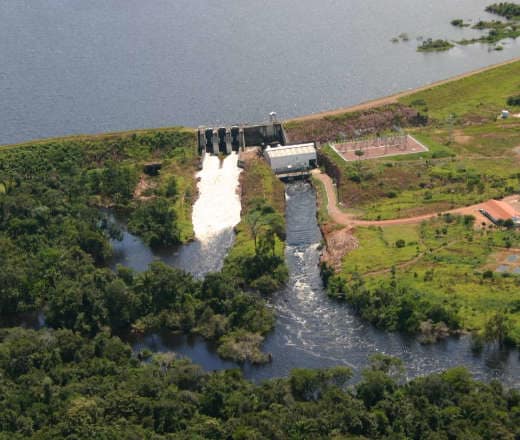
2 BRAZIL – SMALL HYDRO PROJECT
The Braço Norte Plant is a small, clean, renewable energy hydro plant located in a remote region in Amazon water basin of central Brazil. Unlike large scale hydro carbon offset projects, it generates almost no environmental impact.
The region is one of the fastest growing regions in the country. The business as usual energy supply to match this increase in demand was gas fired power plants – this project has supplanted the fossil fuels which would have been burnt. The project also avoids the transmission losses which used to happen over the long distance to connect to the National Grid. It also provides increased stability thanks to locally distributed generation.
These projects are promoting sustainable development, providing increased employment, diversified electricity generation, clean technologies, and conserving natural resource to meet Agenda 21 and the Sustainable Development Criteria for Brazil. More information on Braco Norte III & IV Small Hydro Projects can be found here and here.
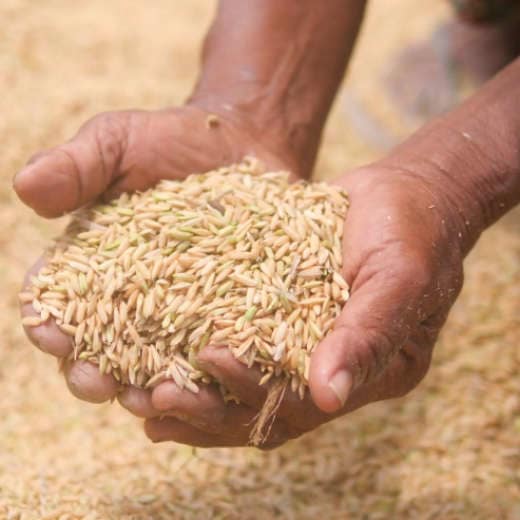
1 BRAZIL – BIOMASS ELECTRICITY PROJECT
The CAMIL Itaqui Biomass Electricity Generation Project is the first of Clear’s carbon offset projects and an excellent example of how offsets can benefit a community while delivering reliable emissions reductions. It generates clean electricity using discarded rice husks (biomass) which would have been left to decay and produce methane, one of the most dangerous greenhouse gases. The electricity consumption from the grid is totally displaced by the power plant and the surplus is sold to the grid. The amount of CO2e avoided because of this project is estimated to be 57,341 tonnes every year.
The main activity in the region is rice production and rice mills generate huge amounts of biomass residues (mainly rice husks). As a result, huge amount of rice husks were being left to decay. Before the power plant installation, 81% of rice husks produced were disposed in legal landfills outside the plant. Afterwards, 70% of rice husk production is being used for fuel in the boiler. Surplus electricity has been sold to the grid, using 93% of all generated rice husks for project activity.


